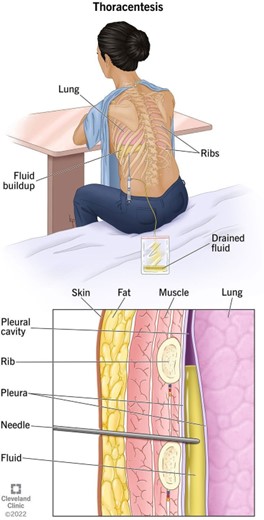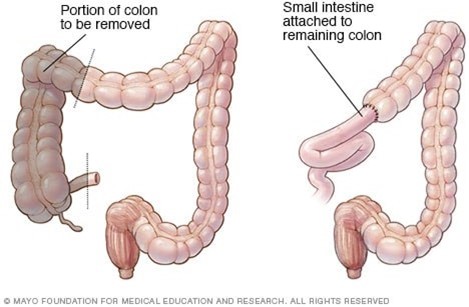A nurse is assisting with planning care for a newly admited client who has anorexia nervosa. Which of the following interventions should the nurse recommend to include in the plan of care?
Encourage the client to gain 2.3 kg (5 lb) per week.
Monitor the client for 15 min after meals
Weigh the client each morning after voiding
Reinforce teaching about healthy eating during meals
The Correct Answer is C
Answer: C. Weigh the client each morning after voiding
Rationale:
A. Encourage the client to gain 2.3 kg (5 lb) per week:
A weight gain goal of 0.5 to 1 kg (1 to 2 lb) per week is considered safe and realistic. Gaining 2.3 kg (5 lb) weekly is too aggressive and may cause physical and psychological stress for the client.
B. Monitor the client for 15 min after meals:
Clients with anorexia nervosa are at risk for purging behaviors. Monitoring for only 15 minutes is insufficient. A 60-minute post-meal observation period is more appropriate to deter vomiting or excessive exercise.
C. Weigh the client each morning after voiding:
Daily weights, taken at the same time each morning after voiding and before eating, provide consistent and accurate data to monitor progress and detect manipulation or fluid shifts.
D. Reinforce teaching about healthy eating during meals:
Reinforcing education during meals can increase the client’s anxiety and resistance to eating. Teaching is best done separately from mealtimes to avoid associating eating with stress.
Nursing Test Bank
Naxlex Comprehensive Predictor Exams
Related Questions
Correct Answer is C
Explanation
c. "I will have a chest x-ray following the procedure."
Explanation:
The statement that indicates an understanding of the information provided is "I will have a chest x-ray following the procedure."
Explanation for the other options:
a. "I will have general anesthesia during the procedure":
This statement is incorrect. Thoracentesis is typically performed using local anesthesia, which numbs the area where the needle will be inserted. General anesthesia, which induces a state of unconsciousness, is not usually required for this procedure.
b. "I will lie flat for 6 hours following the procedure":
This statement is incorrect. While the client may be advised to lie still for a short period after the thoracentesis, it is not necessary for them to lie flat for a full 6 hours. The specific post-procedure instructions may vary depending on the client's condition and the healthcare provider's preferences.
d. "I will breathe deeply through my nose during the procedure":
This statement is incorrect. During a thoracentesis, the client is typically asked to sit upright and lean forward to allow beter access to the space between the lungs and chest wall. They may be instructed to take slow, deep breaths and hold their breath for short periods as needed during the procedure to help maintain proper positioning and reduce the risk of complications.
In summary, the statement that demonstrates an understanding of the thoracentesis procedure is "I will have a chest x-ray following the procedure." This indicates the client's awareness of the need for a post- procedure chest x-ray to evaluate the results and ensure the absence of any complications.

Correct Answer is D
Explanation
The subjective indication that the client needs PRN (as needed) pain medication is when the client reports pain. Pain is a subjective experience, and it is essential to address the client's self-reported pain level and provide appropriate pain management.
Explanation for the other options:
a) The client's heart rate is 110/min: An increased heart rate can be an objective indication of pain, but it is not a subjective indication. Subjective indications are based on the client's self-report or personal experiences.
b) The client is guarding their abdominal incision: Guarding the abdominal incision may suggest discomfort or pain, but it is an objective indication that can be observed by the nurse. Subjective indications focus on the client's self-report.
c) The client exhibits facial grimacing: Facial grimacing can be an objective indication of pain, but it is not a subjective indication. Again, subjective indications are based on the client's self-report or personal experiences.
In this scenario, the most reliable and appropriate indication for administering PRN pain medication is when the client reports pain, as this acknowledges the client's own perception of their pain level.

Whether you are a student looking to ace your exams or a practicing nurse seeking to enhance your expertise , our nursing education contents will empower you with the confidence and competence to make a difference in the lives of patients and become a respected leader in the healthcare field.
Visit Naxlex, invest in your future and unlock endless possibilities with our unparalleled nursing education contents today
Report Wrong Answer on the Current Question
Do you disagree with the answer? If yes, what is your expected answer? Explain.
Kindly be descriptive with the issue you are facing.
